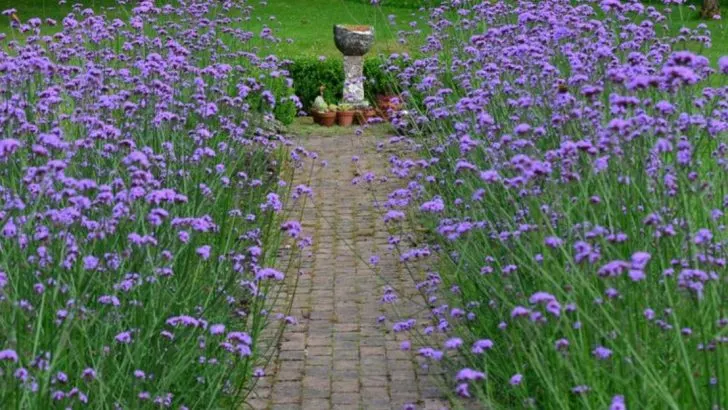Your garden isn’t ready until Verbena bonariensis storms the stage! Imagine tall, airy stems crowned with purple fireworks. They sway like dancers in a breeze, beckoning butterflies and hummingbirds to the party. But here’s the catch: these beauties can sulk in the wrong spot. Want them to explode with blooms instead of tiptoeing through your borders? You’ll need to play their secret playbook. Start with sun that feels like applause. Give them soil that drains faster than guilty secrets. Pinch back the first buds to bulk up later blooms. Feed them light meals of balanced food—no heavy feasts. Stake the tallest stems before they audition for a game of limbo. Follow these 12 insider moves, and your Verbena bonariensis will steal every scene from spring right through fall’s final curtain. Get ready for a purple parade that outshines every other act in your garden!
Location Matters
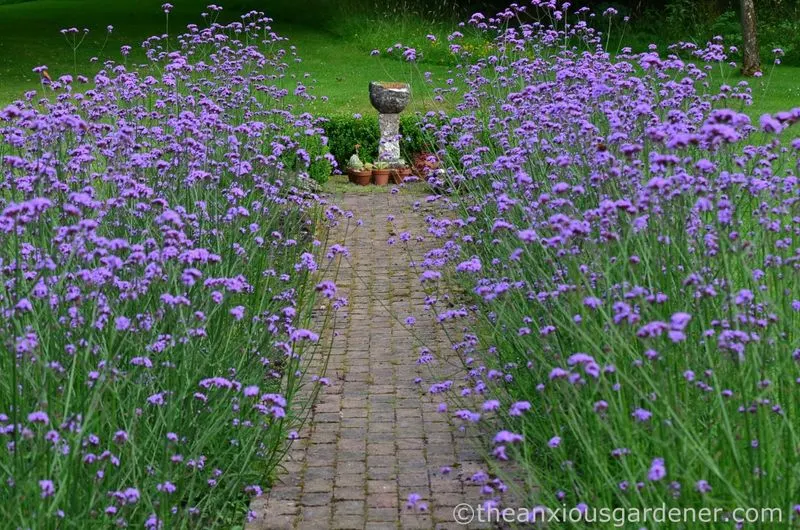
Choosing the right location for your Verbena Bonariensis is crucial. These plants thrive best in sunny locations, where they can soak up at least six to eight hours of sunlight daily. Consider their height when planting; they can reach up to six feet tall. Providing ample space ensures they don’t overshadow smaller plants.
Planting them in the back of a border or near a fence allows their long stems to sway gently in the breeze, creating a dynamic garden feature. The combination of sunlight and proper placement fosters robust growth and vibrant blooms.
Soil Preferences
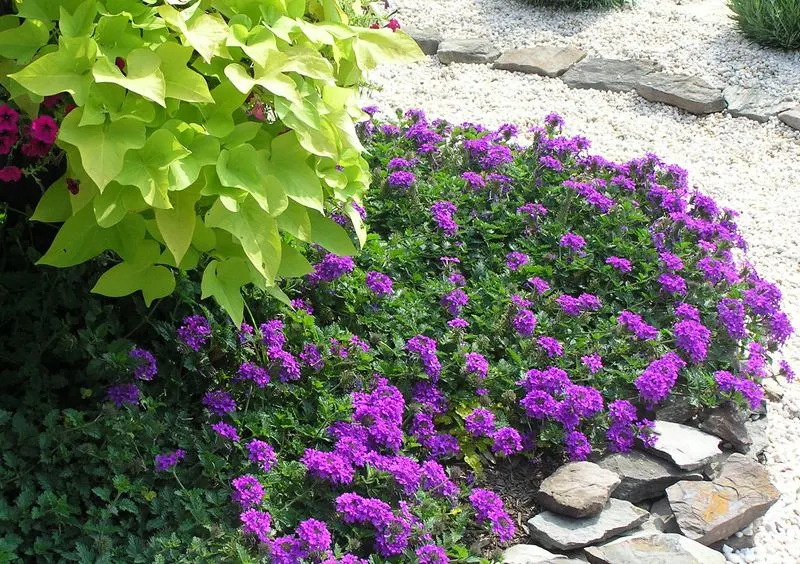
Verbena Bonariensis prefers well-drained soil with a neutral to slightly acidic pH. Amending your garden soil with organic matter, like compost, improves drainage and fertility.
Good drainage is vital as overly soggy soil can lead to root rot, hindering the plant’s growth. Testing your soil’s pH and adjusting as necessary ensures optimal conditions.
By preparing the soil properly, you set the stage for a healthy, flourishing Verbena Bonariensis that will delight you with seasonal blooms and attract pollinators.
Watering Wisely
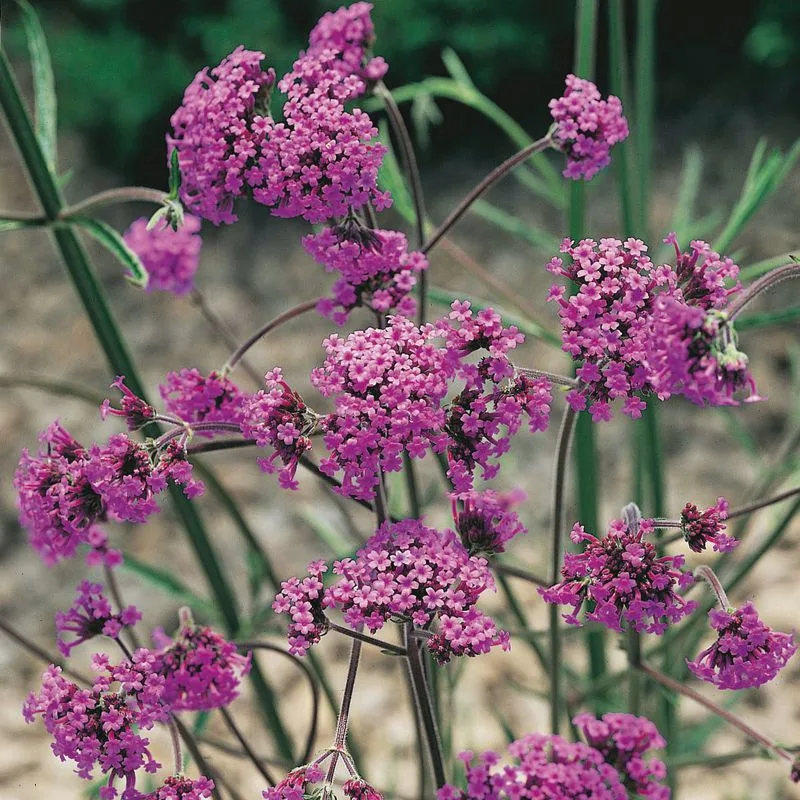
Watering Verbena Bonariensis requires a delicate balance. While they are drought-tolerant once established, young plants need consistent moisture to develop strong roots.
Water deeply but infrequently, allowing the soil to dry out between sessions. This practice encourages deep root growth, promoting stability and resilience in dry spells.
Avoid overhead watering to reduce the risk of fungal diseases. Instead, water at the base to keep foliage dry and healthy. Mastering this watering technique is key to nurturing robust plants.
Companion Planting
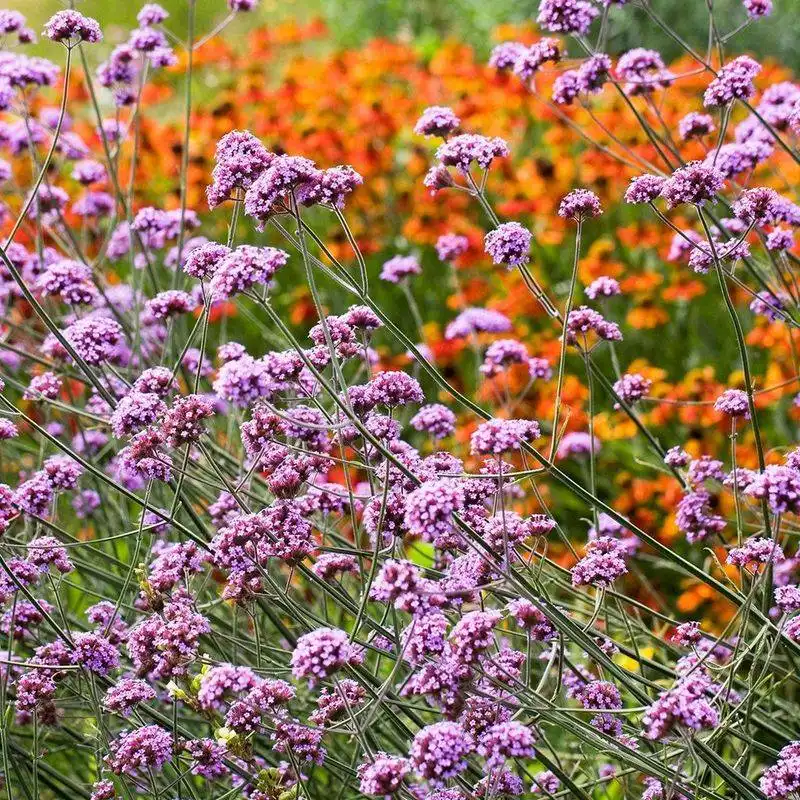
Did you know Verbena Bonariensis pairs wonderfully with other sun-loving perennials? By planting it with companions like lavender, salvia, and echinacea, you create a harmonious display of colors and textures.
These plants share similar cultural needs, making them ideal partners. Their combined presence attracts a variety of pollinators, enhancing your garden’s biodiversity.
Experiment with different combinations to find the perfect fit for your garden aesthetic, and enjoy the added vibrancy these companion plants bring.
Pruning Essentials
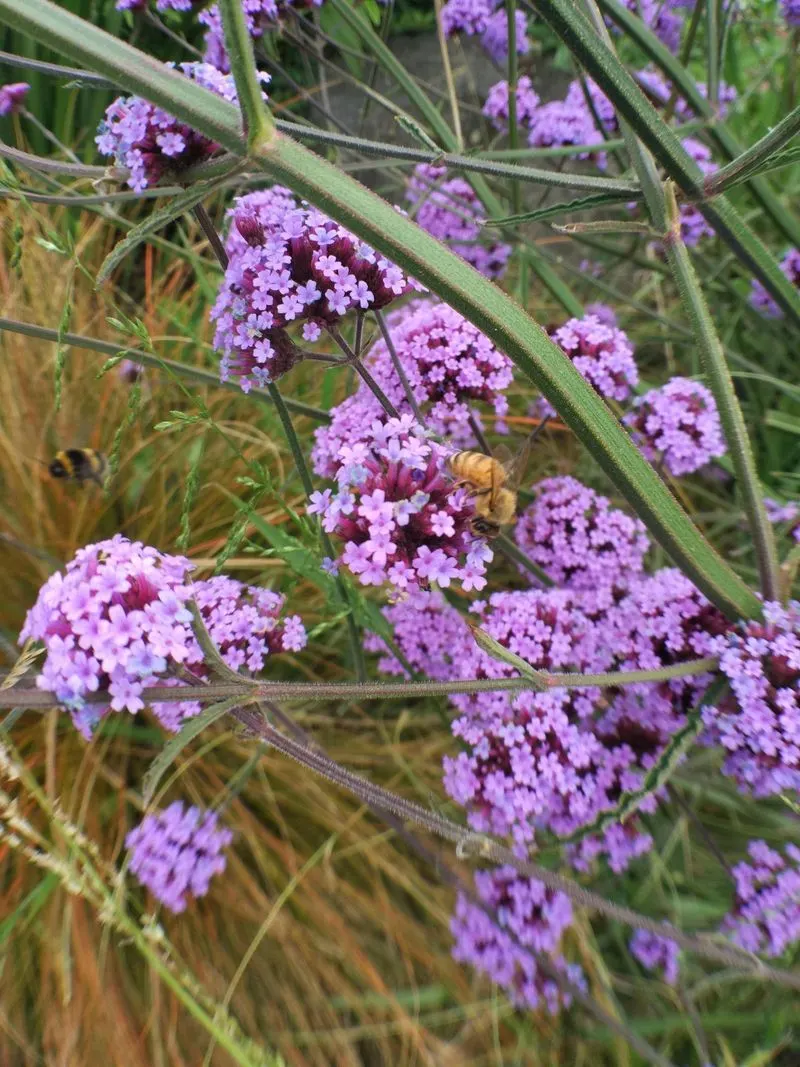
Regular pruning is essential for maintaining healthy Verbena Bonariensis plants. By cutting back spent flower heads, you encourage further blooms throughout the growing season.
Prune in early spring to remove any dead or damaged stems, fostering vigorous new growth. This practice not only enhances the plant’s appearance but also prevents overcrowding.
With a pair of sharp pruning shears, you can easily shape your Verbena Bonariensis and promote a more abundant flowering display in your garden.
Pest Control
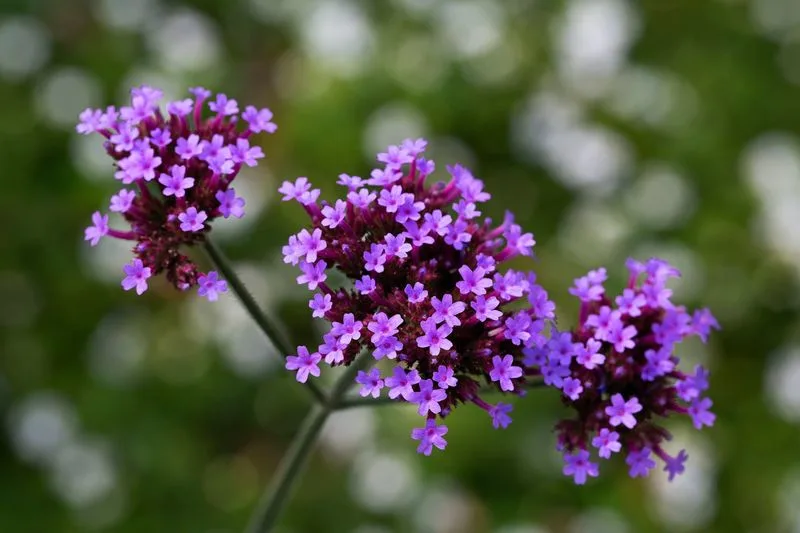
Although Verbena Bonariensis is relatively pest-resistant, keeping an eye out for aphids and spider mites is wise. These pests can damage new growth, so early detection is essential.
Encourage beneficial insects like ladybugs and lacewings, which naturally control pest populations. Avoid chemical pesticides, as they can harm pollinators that visit your garden.
By maintaining a balanced ecosystem, your Verbena Bonariensis will thrive with minimal intervention, showcasing its beauty without pesky intruders.
Fertilization Facts
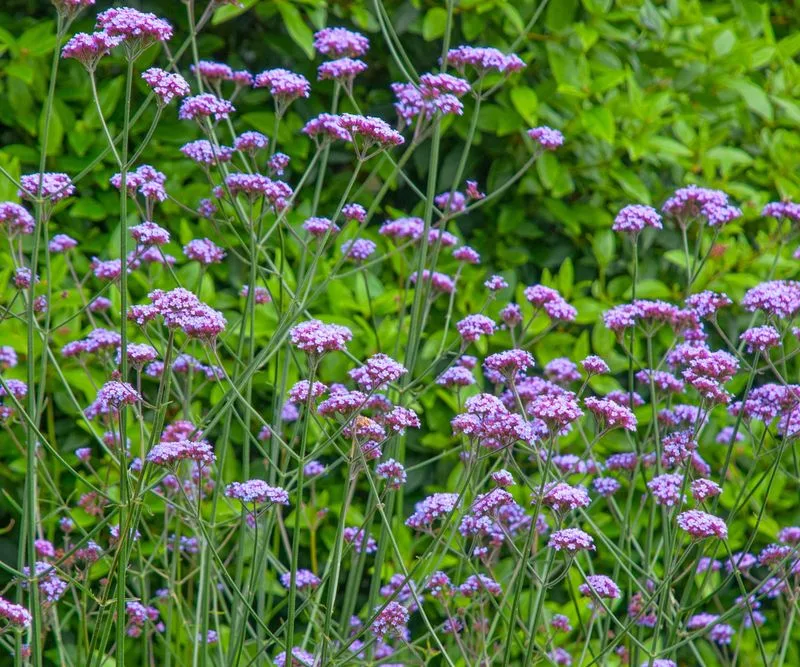
Fertilizing Verbena Bonariensis is a straightforward task. A light application of balanced, slow-release fertilizer in early spring provides essential nutrients for growth.
Avoid over-fertilization, as it can lead to excessive foliage at the expense of flowers. Instead, focus on enriching the soil with organic matter like compost or well-rotted manure.
This approach supports steady, healthy growth and a profusion of blooms, rewarding you with a vibrant display throughout the season.
Seasonal Care
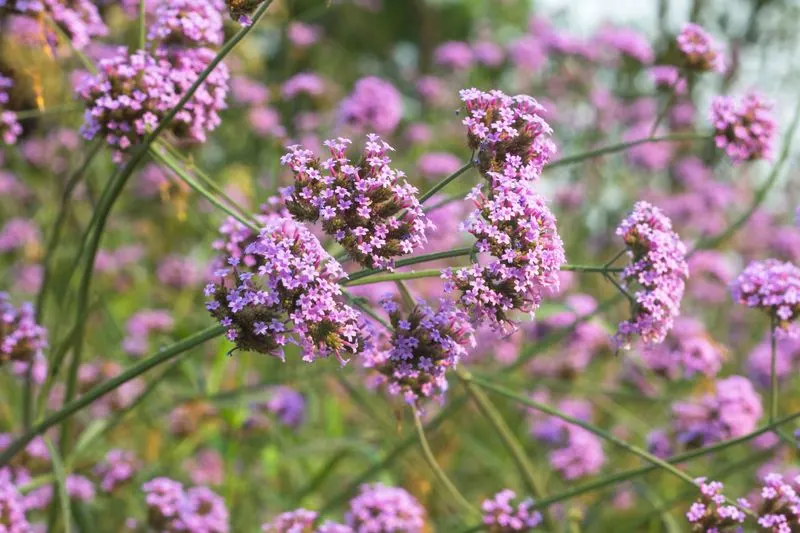
As seasons change, so do the care needs of Verbena Bonariensis. In colder climates, mulching around the base helps protect roots from frost.
Cutting back the plant in late fall prevents wind damage and promotes healthy new growth in spring. During warmer months, regular deadheading encourages continuous flowering.
By adapting your care routine to the changing seasons, your Verbena Bonariensis will remain a stunning feature in your garden year-round.
Propagation Techniques
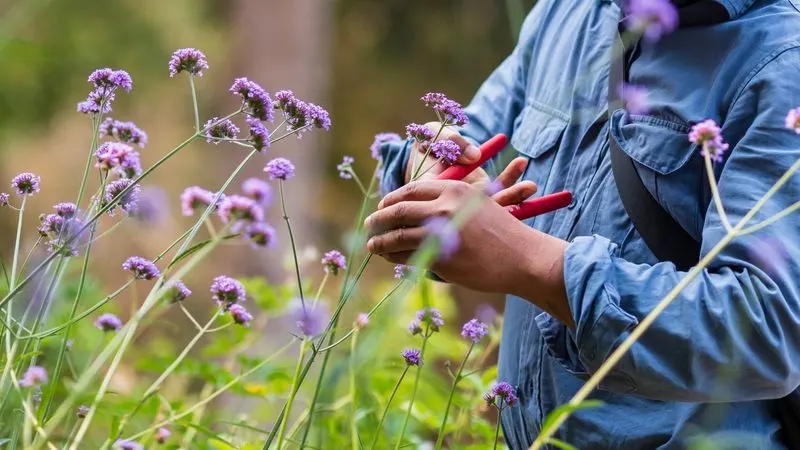
Propagating Verbena Bonariensis can be a rewarding endeavor. Collect seeds in late summer when flower heads dry out, and sow them in early spring.
Alternatively, take softwood cuttings in late spring to establish new plants. Both methods are effective, allowing you to expand your collection or share plants with friends.
Propagation not only enhances your gardening skills but also ensures a continuous supply of these delightful plants.
Attracting Pollinators
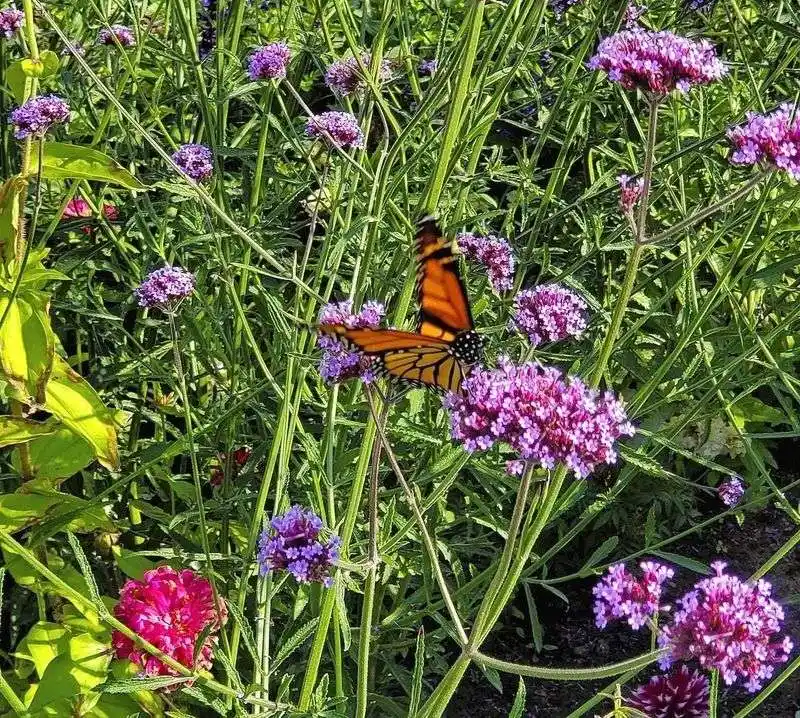
One of Verbena Bonariensis’ charms is its ability to attract pollinators. Bees, butterflies, and hummingbirds are drawn to its nectar-rich flowers.
By planting a cluster, you create a vibrant hub of activity that supports local wildlife. Consider incorporating native plants alongside Verbenas to enhance this effect.
Witnessing the dance of pollinators among your flowers adds a dynamic and enchanting element to your garden.
Ideal Climate
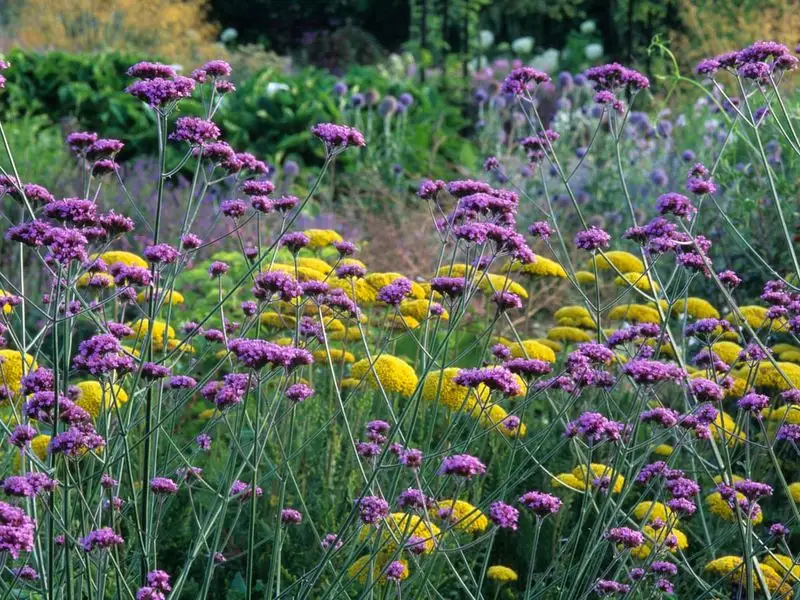
Verbena Bonariensis flourishes in warm, temperate climates. It’s hardy in USDA zones 7-11, making it ideal for gardens in these regions.
In cooler areas, treating it as an annual or providing winter protection extends its lifespan. Understanding your climate helps tailor your care approach for optimal results.
By aligning your gardening practices with the plant’s climate needs, you ensure a thriving addition to your garden.
Cultural Significance
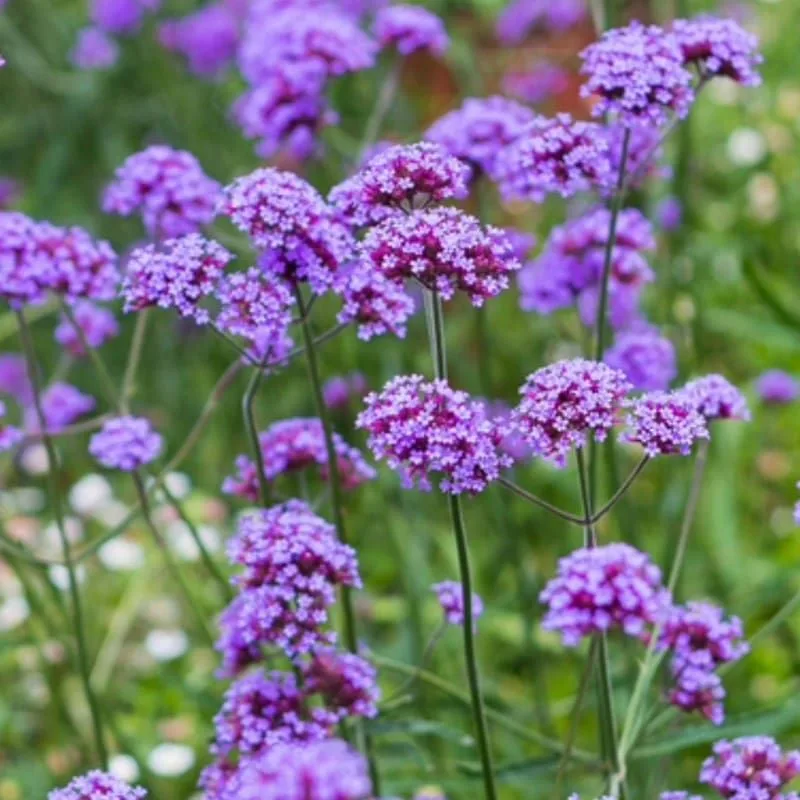
Verbena Bonariensis holds a special place in various cultures. In ancient times, it was believed to have healing properties and was used in herbal remedies.
Today, it’s cherished for its ornamental value and ecological benefits, symbolizing grace and resilience.
Understanding its historical and cultural significance adds depth to your gardening experience, connecting you with centuries of botanical tradition.

